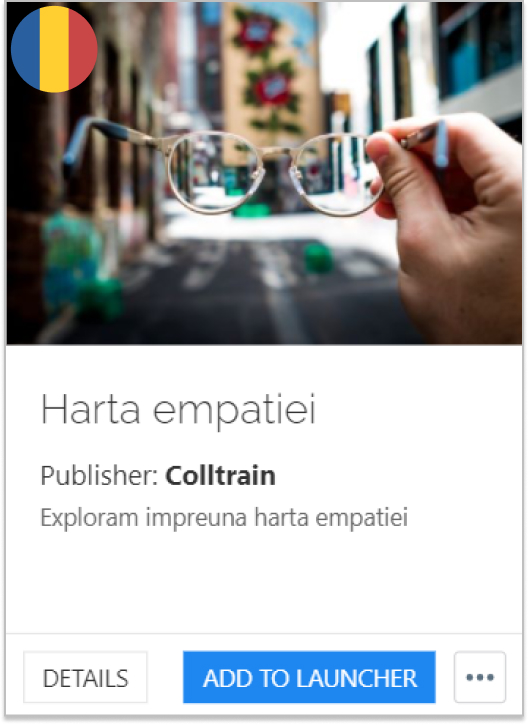Empathy map
Agile Product Owner
Reach new levels of understanding customers. Draw the empathy map to do this in a comprehensive way
Description
Participants practice using this collaborative tool in teams. This helps them develop a deeper understanding of the customer (internal/external). They analyze the customer from four different angles. Then they put all the information in a simple, visual format. Its simplicity enables participants to focus on a particular area. Thus, they gain a higher degree of precision in defining the customer’s needs. This is useful for taking better decisions about the customer. The empathy map creates a shared clarity on the matter. That’s why it has gained much popularity within the agile community.
Flow
Introduction
- Introduce the activity to the participants and split them into teams.
- Encourage the teams to nominate a team coordinator. They will facilitate the discussion in the breakout room. In the end, they will present the outcome to the other teams. The team coordinators can rely on the ideas written within the predefined template.
- Join each team and provide the activity link.
Work
- Participants brainstorm and recall all the knowledge they have about the customer.
- They write each piece of information about the customer on virtual sticky notes. Then they split the information for every bit of it to fit a certain quadrant: say, think, do, feel.
- They address in full things like: overlapping of the information in the four quadrants, missing pieces, and inconsistencies (e.g. positive actions and negative feelings). The discussion makes the entire image well defined and clear for all the teammates. Then, they share it with other parties involved.
Debrief (suggested)
- The team coordinator from each team will present the outcome to the other teams by using the visual empathy map.
- The facilitator may ask the following questions:
- How difficult was it to find the information you needed to fill in the 4 quadrants?
- Which quadrant was the most challenging and why?
- Do you see the customer differently now? In which way did your understanding change during this process?
- In which way do you think this empathy map will influence your approach shortly?
- Do you see yourself using this tool in your professional activity?
Variations
n/a
Additional info
This activity follows activity type guide from CARTA
Play in Colltrain
Choose your language










